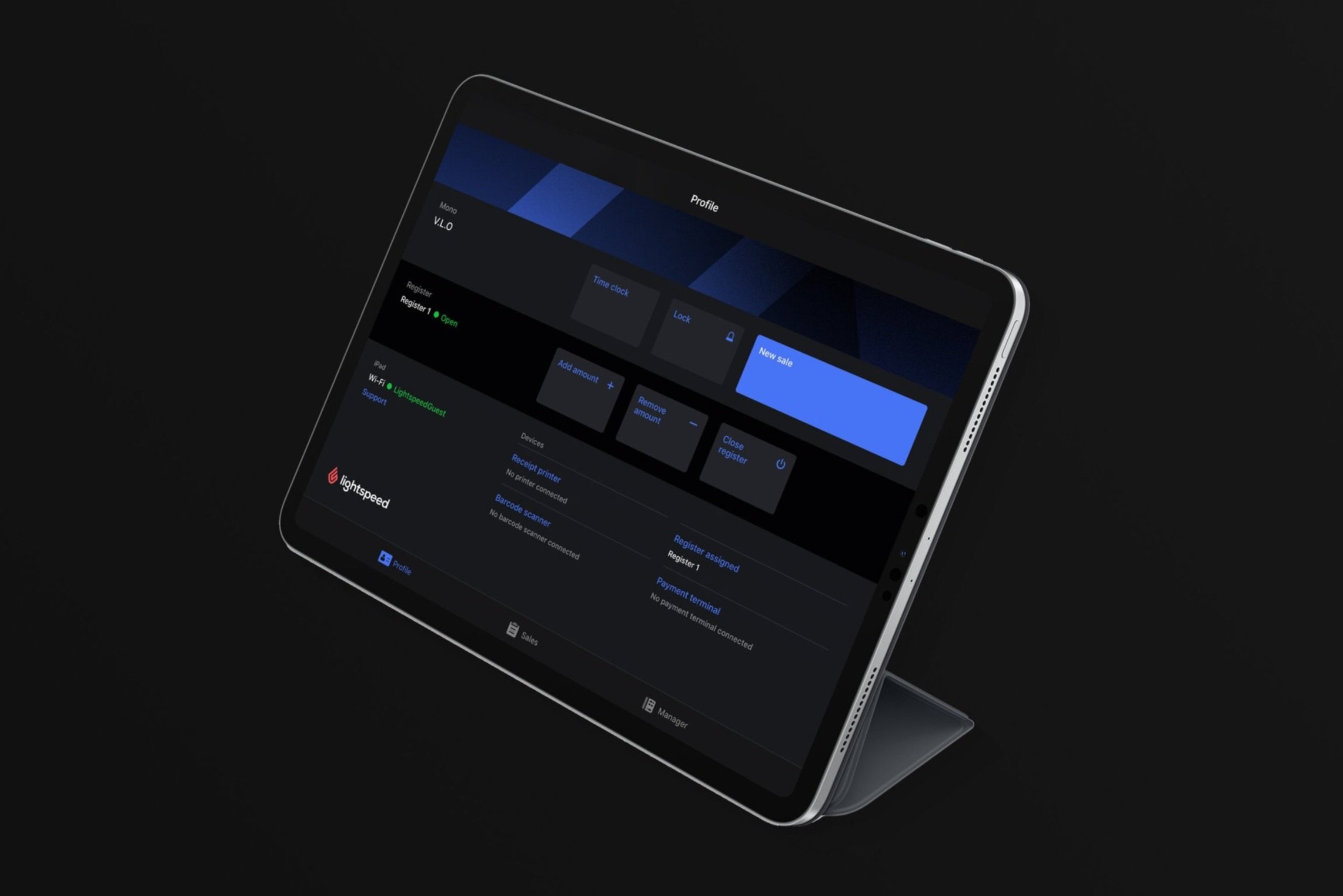

When adding new employee roles, also keep in mind the following rules surrounding employee roles: If you do, give new employee roles meaningful names such as Summer Intern or Floor Manager for example. Although Lightspeed Retail includes built-in roles such as: Owner, Admin, Manager and Associate to help you get started, we encourage you to define the roles that make the most sense for your business.
#LIGHTSPEED RETAIL HOW TO#
For more information on how to do so, please see the What's next? section of our Adding employees article.īefore adding a multitude of employees, first define a well-structured set of employee roles.

Should an employee need their own set of permissions, you can give them a Custom employee role and set their permissions from within their employee account.

Because multiple employees can be assigned to the same employee role, you'll also save time by not having to set or edit permissions for every individual employee. For example, you might want to disable access to the Reports section for employees with the Associate role. JD is a London School of Economics alumni and is based out of Montreal.You can use employee roles to group and limit your employees' levels of access in your Retail account. He joined Lightspeed in May 2019 via the acquisition of Chronogolf, a company he led and co-founded back in 2013. JD Saint-Martin is President of Lightspeed Commerce, leading global go-to-market teams across Retail, Hospitality and Golf. There’s never been a better time to make use of them. As a business owner it’s your job to wow your customers and to do that you need to have cutting-edge tools that make your team’s life easier. In today’s world, technology is easier than ever to implement. Based on sales trends and customer behavior, these platforms can automate content and touchpoints, so the right messaging reaches the right customer at the right time. New AI-powered marketing platforms make personalization much more seamless and effective. One study found that 71 percent of shoppers expect a personalized experience when interacting with a brand, and that includes marketing. Gone are the days where a retailer can send one email to everyone on a list and expect maximum return. These chatbots can start a conversation on your site, then continue that conversation over Facebook, Twitter, SMS messages and more. Cross-channel AI chatbots are designed to track customers across platforms and give them that seamless experience. Gartner predicts it’ll be the main power behind customer service for 25 percent of companies by 2027. This is why so many retailers are turning to AI. Unfortunately, if you don’t give people a seamless experience, they’ll go elsewhere. That’s a lot to ask of humans - no matter how good your CRM is, it’s tough to keep up. When a customer interacts with your brand, they’re expecting a unified experience, no matter what platform they’re on. These kinds of tools are also useful in store as they can help sales associates answer questions from customers faster and with more detail.Ī customer needs to know what jewelry to give mom for Mother’s Day? Whether they’re interacting with a chatbot online or an employee in the store, they could be served better product recommendations based on upcoming trends, their budget, past gifts they’ve given and their own personal taste.


 0 kommentar(er)
0 kommentar(er)
